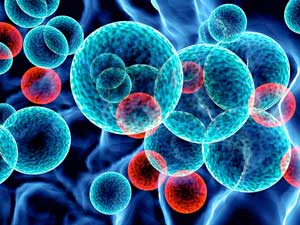
Tuesday, September 11, 2018
Predicting diffusion data
Stepping up water splitting with nanostructured cobalt phosphides
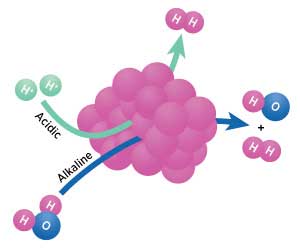
Another step closer to tunable liquids
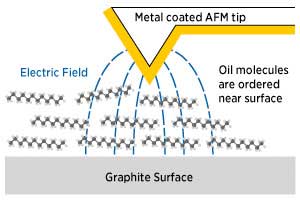
Shrinking semiconductor lasers to the nanoscale
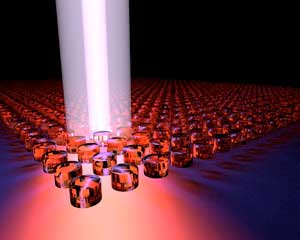
Bringing the power of nanotechnology to particle physics
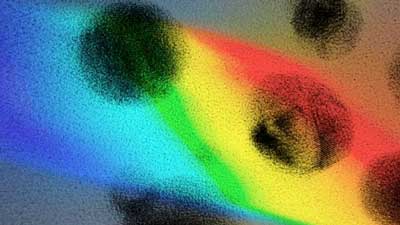
Magnetization in small components can now be filmed in the laboratory
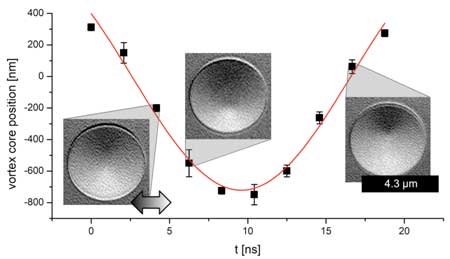
Engineers protect artifacts by graphene gilding
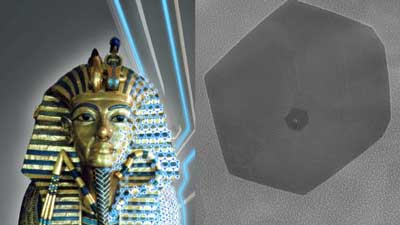
Breakthrough opens door to $100 ultrasound machine
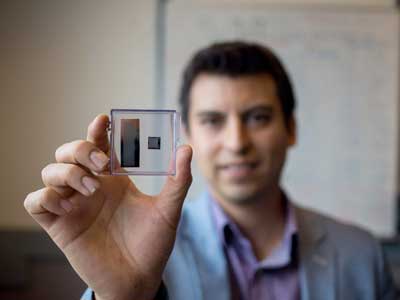
Carbon nanodots do an ultrafine job with in vitro lung tissue
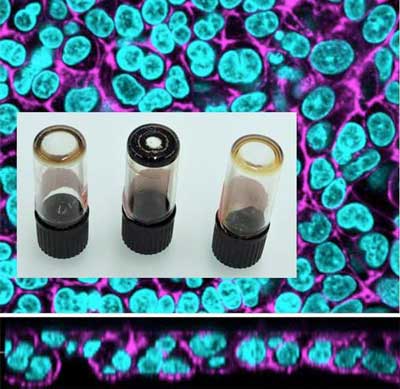
A one-size-fits-all master equation could pave the way towards better design of 2D material electronics
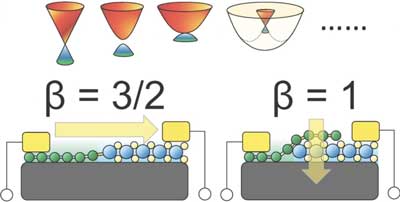
Scientists have discovered a novel color-generation mechanism in nature
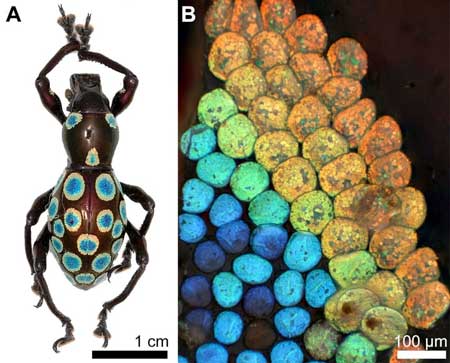
Subscribe to:
Comments (Atom)

